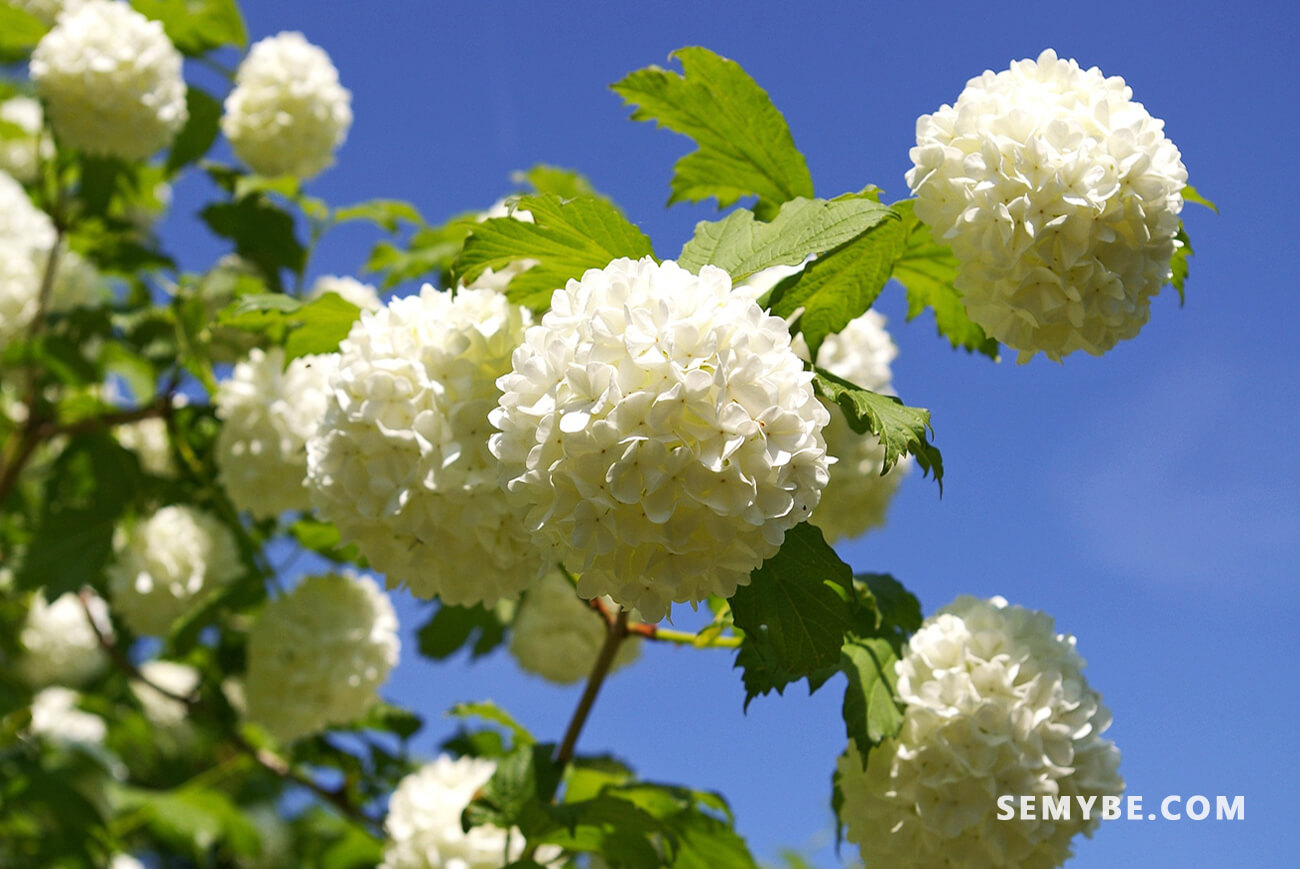
Viburnum Opulus
1. History and use
Viburnum grows in forests, hedgerows and thickets in Europe and eastern North America It is grown by sowing in autumn. The bark of the branches is harvested as strips in the spring. and in summer, during flowering.
2. Description of the plant
Original to North America and Europe, viburnum has sedative (in case of nerve diseases) and antispasmodic (in case asthma) properties, its fresh berries are poisonous. a medicinal purpose.This plant originally relieved cramps or colic and menstrual pain due to contractions of the muscles of the uterus.

3. Curative action
- Native American remedy
In North America, Meskwakis treated cramps and pains with Viburnum, while Penobscots used it against mumps and ganglia.
- Muscle Relaxant
Viburnum relieves muscle contractions, whether they are those of the muscles of the respiratory system, the uterus or intestines, or the stuck muscles of the limbs or back. It is used internally or in local application. This plant treats asthma-related breathing difficulties and menstrual pains due to uterine contractions. In case of night cramps and back pain, lobules and lobules are mixed together. viburnum obier This plant also treats constipation, colic, irritation of the colon and disorders of nervous origin.
- Arthritis
Viburnum relaxes muscles stiffened by inflammation and degeneration of the joints By stimulating blood circulation in diseased areas, it allows the elimination of waste such as lactic acid This action accelerates the guénson.
- Other Uses
Viburnum is often used to lower blood pressure and other circulatory disorders.
4. Uses
Decoction: A 1/2 cup every 3 hours in case of menstrual pain. The tincture is used in the long-term treatment of muscle contractions In case of irritation of the colon, take 1 teaspoon diluted in hot water 2 times a day. The lotion relieves muscle pain Frictionner neck and back.




